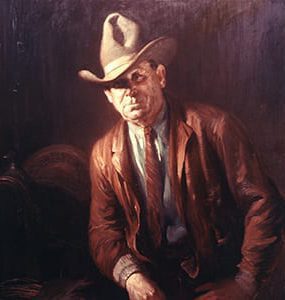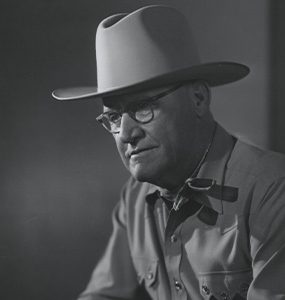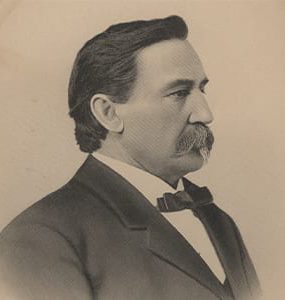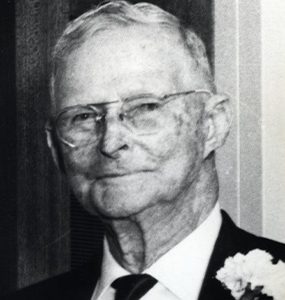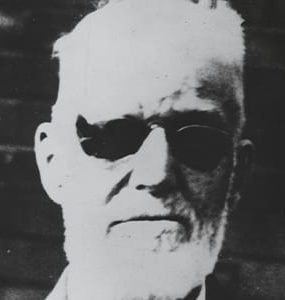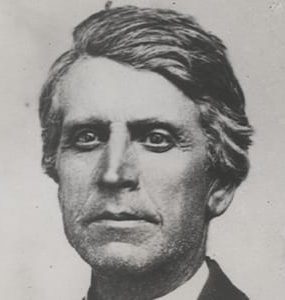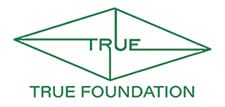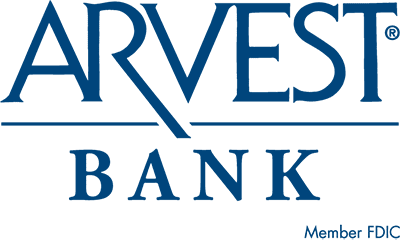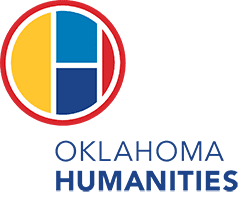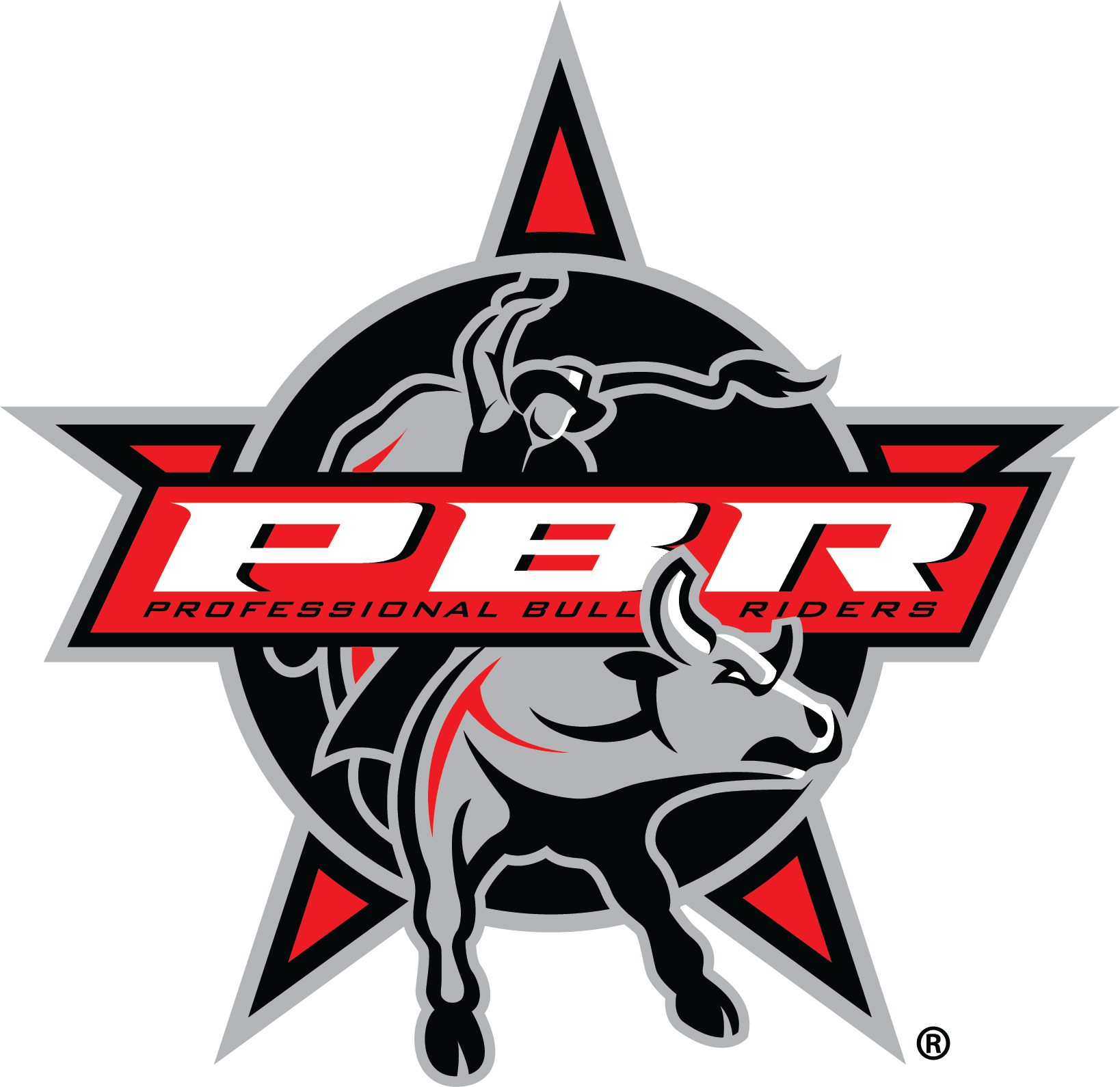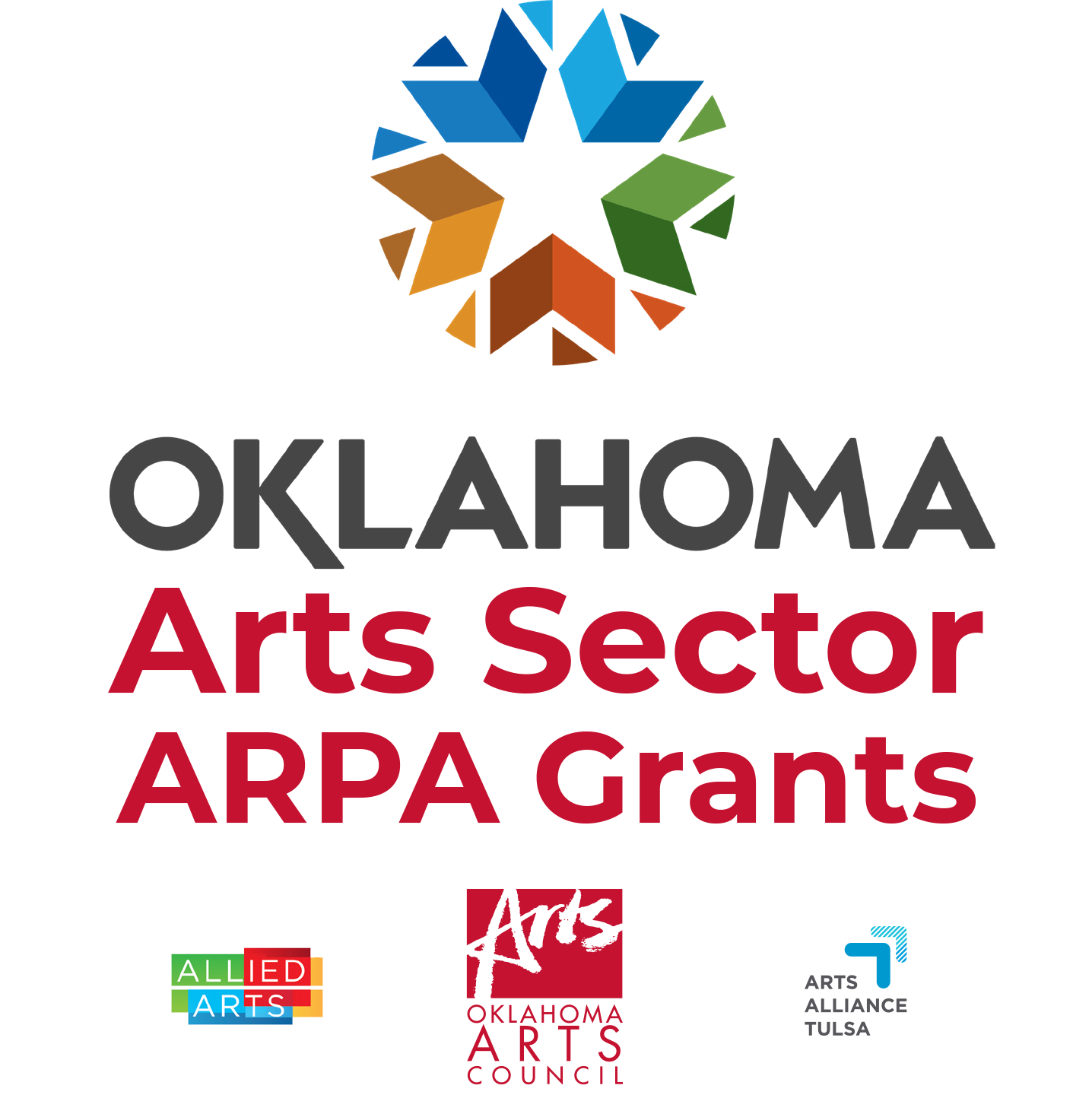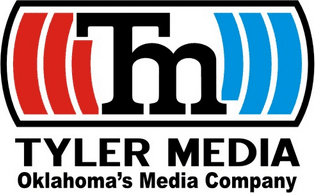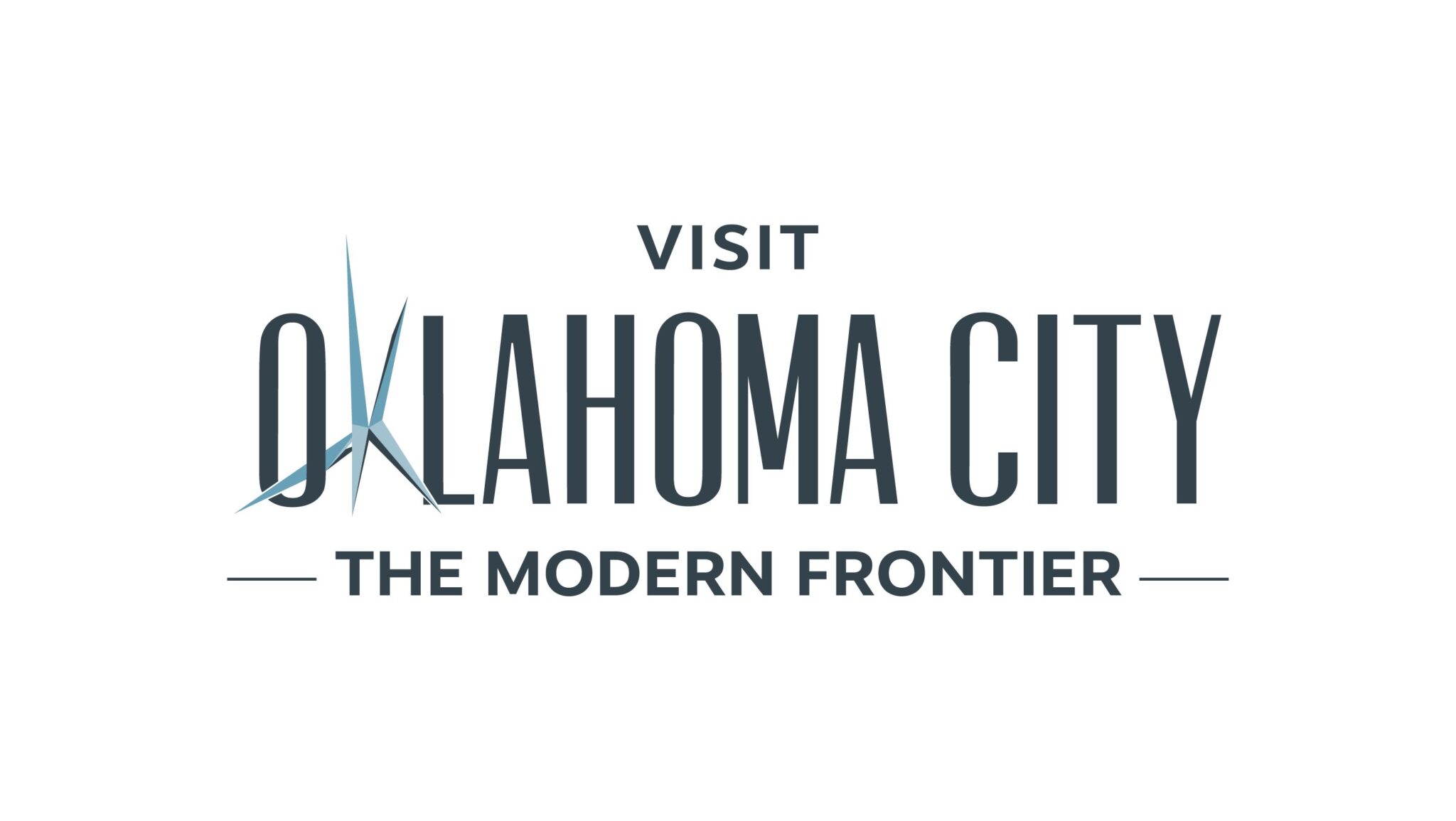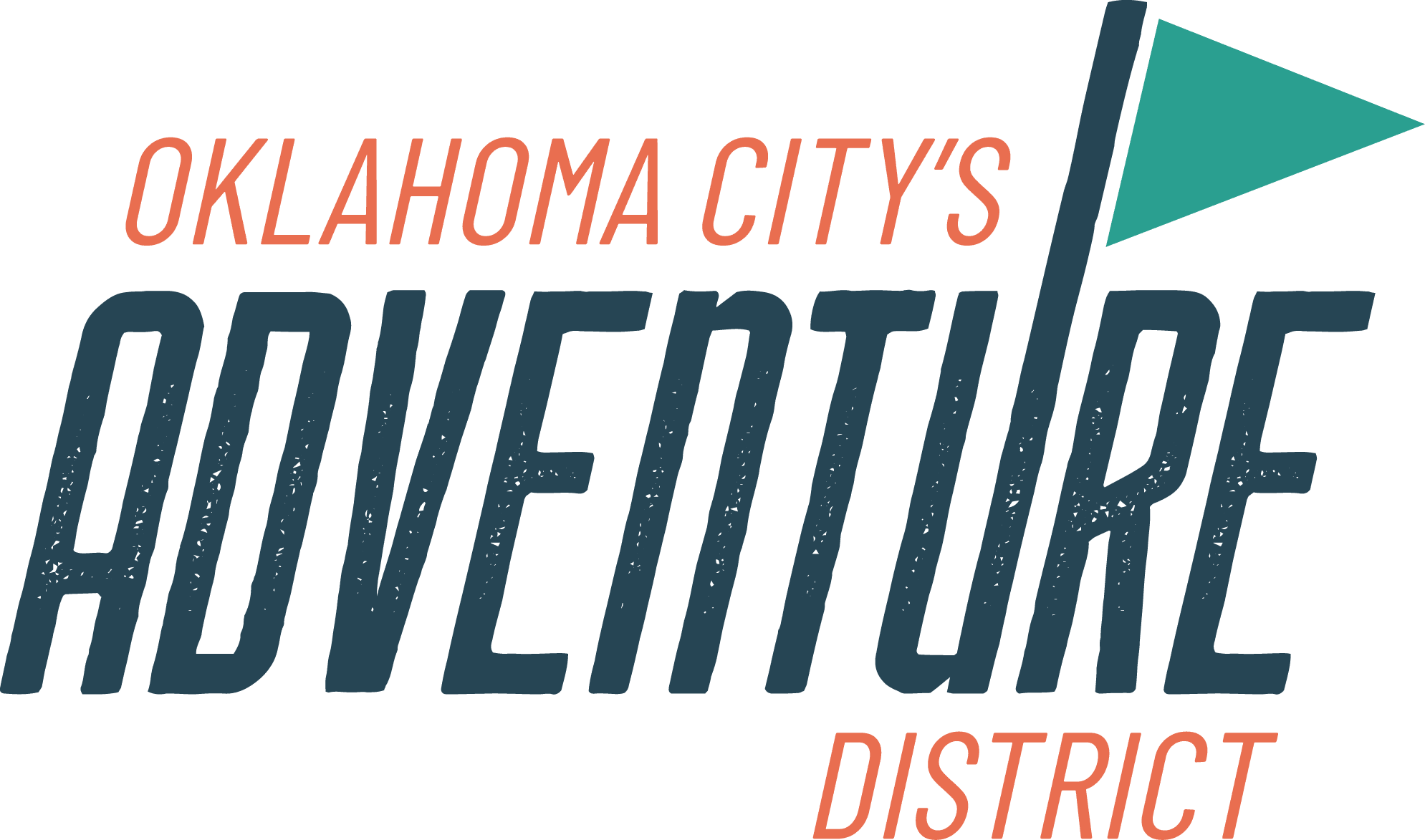Bio
Edward Borein, born in San Leandro, California, is renowned as one of the most authentic early cowboy artists. His deep connection with the Western lifestyle and commitment to accuracy in his work set him apart. Borein’s passion for sketching began early, drawing scenes like horse-drawn hearses as a child. By age twelve, he was already skilled in cowboy techniques, and at eighteen, he set off to live the cowboy life. Though his first attempt lasted only a year, his sketches impressed his mother, who enrolled him briefly in art school, where he met influential artists like Jimmy Swinnerton and Maynard Dixon.
Borein’s true education came from life on the range. He worked at the Rancho Jesus Maria, gaining experience and authenticity for his art. His first published works were bought by Land of Sunshine, and his travels later took him to Mexico, where he sketched local vaquero life and learned Spanish. Returning to the U.S., he encountered various Native American tribes, further enriching his artistic perspective.
In 1900, Borein became an illustrator for the San Francisco Call, and his sketches soon appeared in major publications like Harper’s, Collier’s Weekly, and The Saturday Evening Post. Encouraged by his success, he moved to New York City, where he befriended Will Rogers and his idol, Charlie Russell. However, after a critique from Russell, Borein shifted focus from oil painting to watercolors. In 1921, he moved back to California, settling in Santa Barbara.
